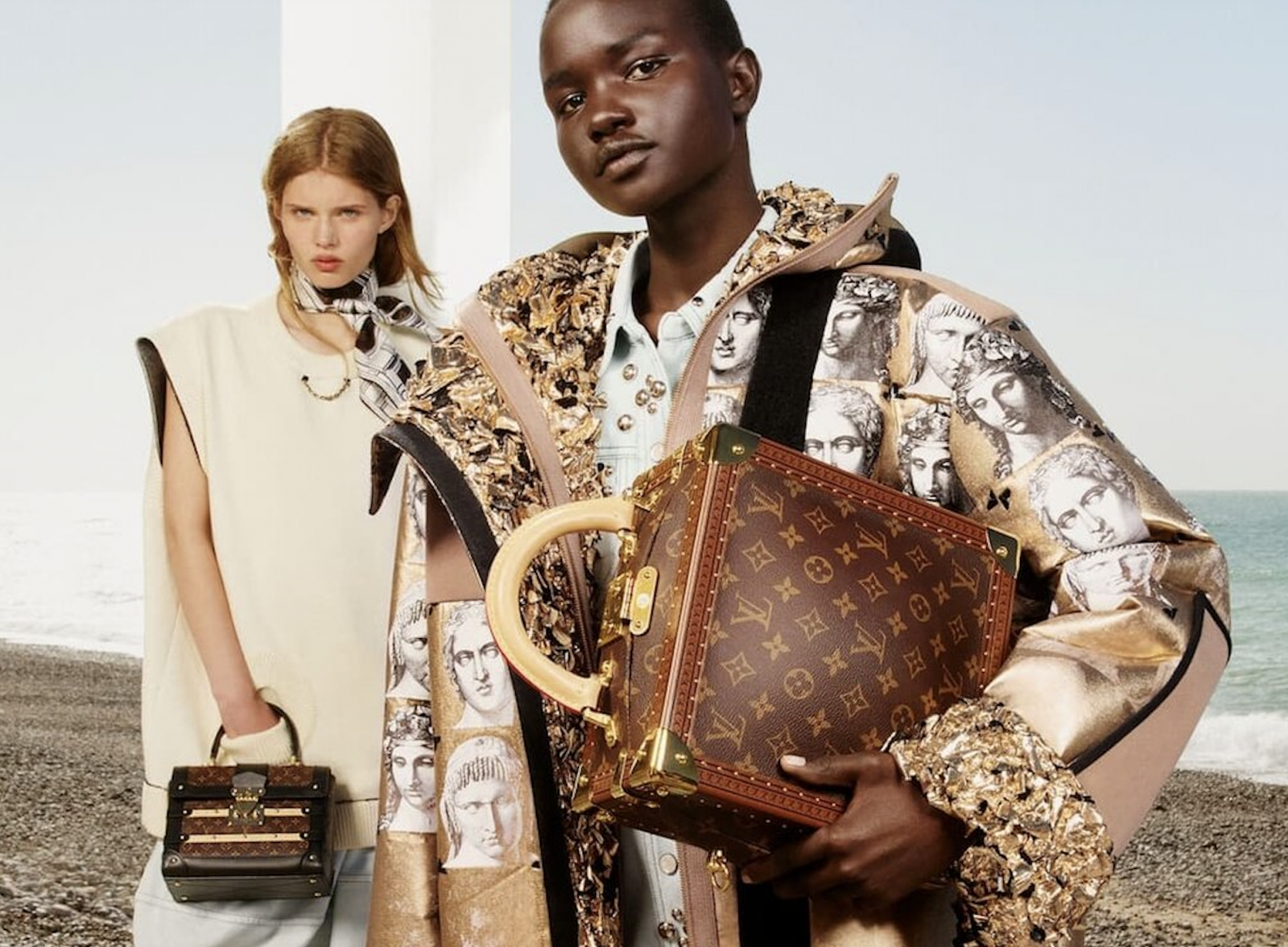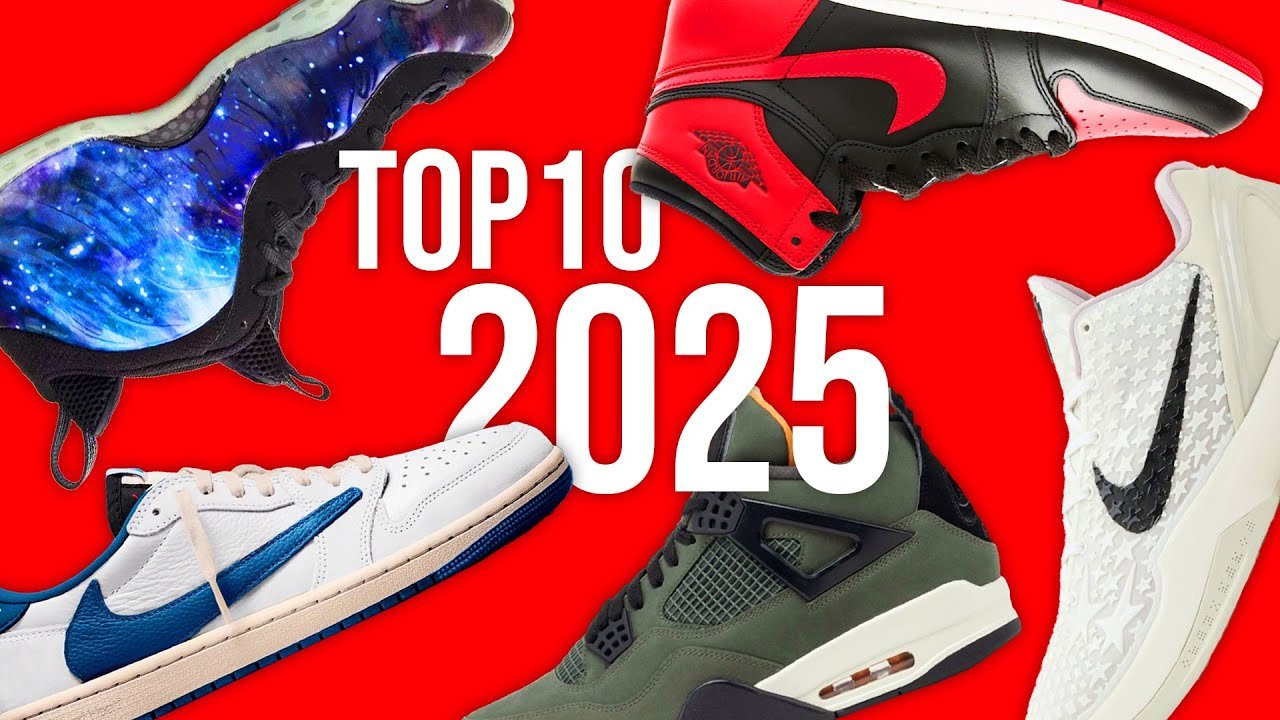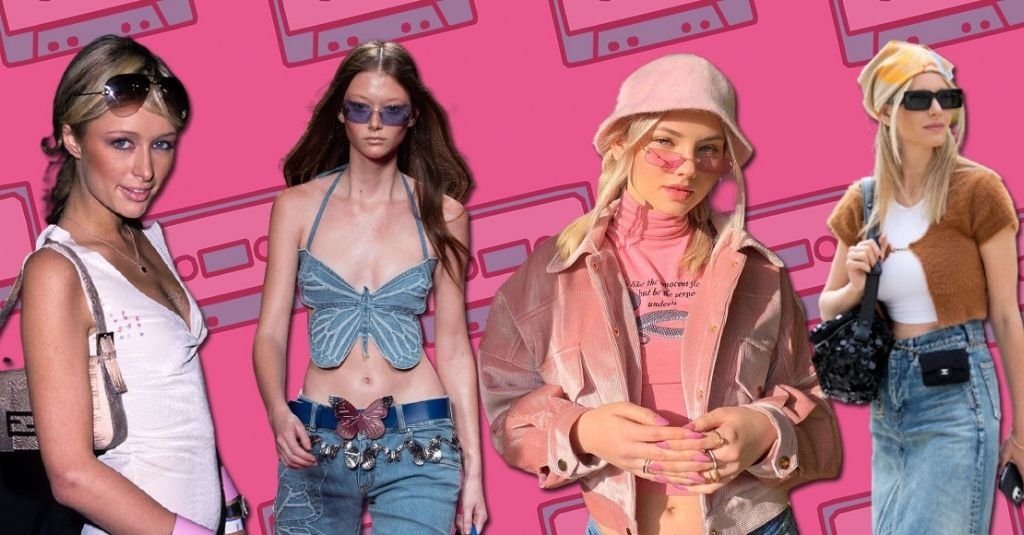In a world where fashion trends often flicker like shooting stars—here one season, gone the next—one style movement has stood the test of time, gracefully making its way back into modern wardrobes: vintage fashion. Once considered a nostalgic nod to the past, vintage clothing is no longer just for the thrifty or the quirky. Today, it’s a cultural phenomenon embraced by celebrities, influencers, and everyday fashion lovers alike. But what exactly is fueling the resurgence of vintage fashion, and why is this trend proving to be more than just a fleeting moment? Let’s explore how vintage fashion is making a timeless comeback.
A Definition Rooted in Nostalgia
Vintage fashion typically refers to clothing and accessories that originate from a previous era, typically 20 years or older. Unlike retro styles, which are modern recreations of older designs, true vintage pieces are authentic items from the past. From the roaring 1920s flapper dresses to the grungy 1990s flannels, each decade has left a distinct mark on fashion history. These pieces not only capture the style of their times but also reflect the social, economic, and cultural landscapes in which they were created.
A Statement Against Fast Fashion
One of the driving forces behind the rise of vintage fashion is the growing awareness of the environmental impact of fast fashion. The industry’s quick turnover of trends and mass production practices contribute to excessive waste, pollution, and unethical labor practices. In response, a new generation of conscious consumers is turning to more sustainable alternatives.
Vintage fashion, by its nature, is sustainable. By purchasing secondhand garments, shoppers reduce demand for new production, giving existing items a new lease on life. It’s an eco-friendly solution that doesn’t compromise on style. Plus, vintage clothing often features higher quality materials and craftsmanship than many fast fashion garments, making them both stylish and durable.
The Allure of Individuality
In an age where social media often drives homogeneity, many people are craving uniqueness. Vintage fashion offers a way to stand out in a sea of sameness. Since these pieces are one-of-a-kind or limited in availability, wearing vintage allows individuals to express their personal style in an authentic and original way.
Whether it’s a hand-embroidered 70s blouse, a high-waisted 80s skirt, or a classic leather jacket from the 90s, each piece tells a story. These items aren’t just clothes—they’re conversation starters, history lessons, and reflections of personal taste.
Celebrity and Influencer Influence
As with many fashion trends, the resurgence of vintage fashion has been heavily influenced by celebrities and digital influencers. Iconic figures like Zendaya, Harry Styles, Rihanna, and Billie Eilish have been spotted donning vintage designer pieces on red carpets, magazine covers, and social media platforms. Their public embrace of vintage clothing lends the trend a sense of legitimacy and glamour.
On platforms like Instagram, TikTok, and Pinterest, fashion influencers curate vintage looks, offer styling tips, and promote secondhand shopping hauls. Hashtags like #vintagefashion and #thriftedootd have racked up millions of posts, creating a vibrant online community that celebrates the charm of the past.
The Thrill of the Hunt
Shopping for vintage clothes is often described as an adventure. Unlike traditional retail experiences, where garments are mass-produced and readily available in multiple sizes, vintage shopping involves exploration. Whether scouring thrift stores, flea markets, estate sales, or online marketplaces like Depop and Etsy, finding the perfect piece can feel like uncovering hidden treasure.
This sense of discovery adds excitement to the process. It’s not just about shopping—it’s about the experience, the story behind each item, and the joy of stumbling upon something truly unique.
Fashion Cycles and the Return of the Old
Fashion is famously cyclical. Trends that once seemed outdated often find their way back into the spotlight. Designers frequently draw inspiration from the past, reimagining old styles with a contemporary twist. Today’s runways regularly feature silhouettes, fabrics, and motifs reminiscent of earlier decades.
This constant recycling of styles has primed the public to appreciate authentic vintage fashion. Rather than purchasing a modern remake, fashion-savvy shoppers are turning to the original versions, which often offer superior craftsmanship and a richer narrative.
Technology Meets Tradition
The digital age has also played a pivotal role in the vintage revival. E-commerce platforms specializing in vintage and secondhand fashion have made it easier than ever to find and purchase unique pieces. From curated vintage boutiques online to social media marketplaces, the accessibility of vintage fashion has expanded dramatically.
Artificial intelligence and augmented reality are even beginning to shape the secondhand experience. Apps that allow virtual try-ons or personalized recommendations based on style preferences are bridging the gap between the tactile joy of thrifting and the convenience of online shopping.
Economic Factors and Investment Pieces
Another practical reason behind the rise of vintage fashion is its economic appeal. With inflation and the rising cost of new clothing, many consumers are turning to secondhand options that offer better value for money. High-quality vintage pieces can often be purchased at a fraction of the cost of their modern equivalents.
Additionally, certain vintage items—especially designer pieces—have become investment-worthy collectibles. Just like art or antiques, rare vintage fashion items can appreciate in value over time, making them both a stylish and financially savvy choice.
Cultural Nostalgia and the Power of Storytelling
We live in an era of cultural nostalgia, where movies, TV shows, and music from past decades are experiencing revivals. Think about the success of shows like Stranger Things or the resurgence of 90s music icons—these cultural moments fuel an emotional connection to the past, and fashion follows suit.
Vintage clothing often taps into this nostalgia. Wearing a denim jacket from the 80s or a floral dress from the 60s isn’t just about aesthetics—it’s about connecting to a moment in time, a feeling, or a memory. For many, it’s a way to honor the past while crafting a distinct personal identity in the present.
A Trend That’s Here to Stay
The rise of vintage fashion is more than a stylistic choice—it’s a reflection of broader societal shifts toward sustainability, individuality, and mindful consumption. As consumers continue to reject fast fashion in favor of quality, ethics, and self-expression, vintage fashion is positioned to remain not just relevant but influential.
In embracing the past, we’re shaping the future of fashion—one timeless piece at a time.



